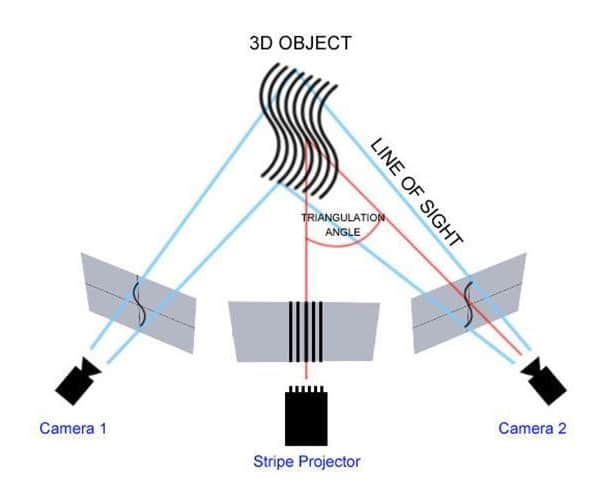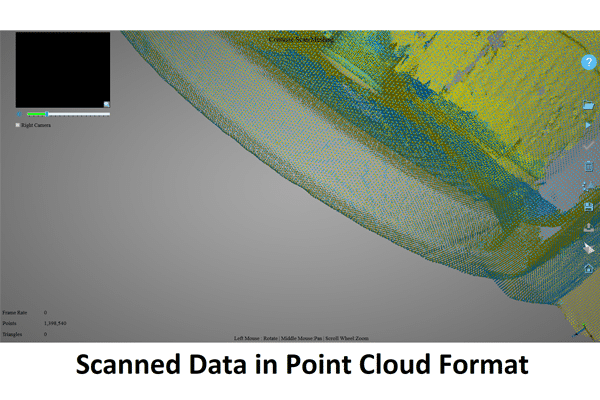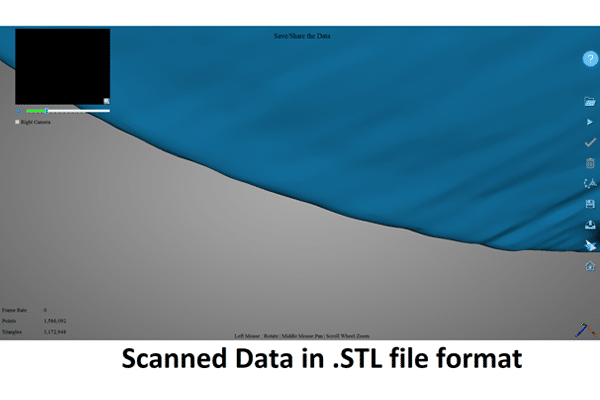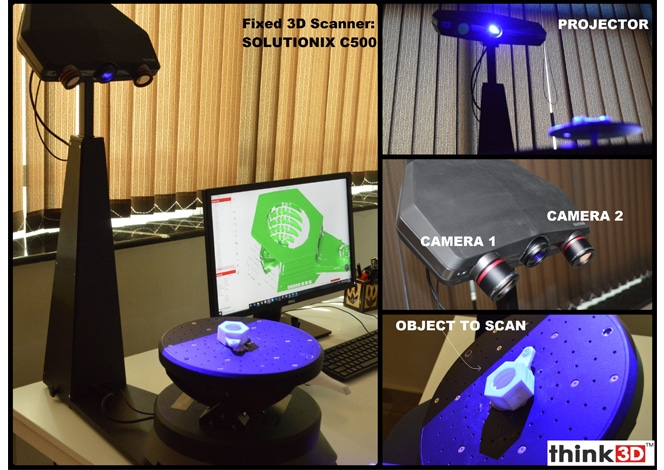In this article, we are going to know about the three W’s of 3D Scanning i.e.,
What is 3D Scanning?
Why we use 3D Scanning?
Where we use 3D Scanning?
INTRODUCTION
The advent of photography in the mid-19th century has laid the foundation for human curiosity to capture the data in the environment. After several decades the emergence of photogrammetry in the 20th century has revolutionized three-dimensional capturing of data for archiving and documentation of surroundings. But, the process of photogrammetry is only good for colour capturing and is too difficult and less accurate to capture Geometries of objects. Up until recently in the early 21st century the 3D Scanning Technology has been fully developed and came into existence in industrial sectors.
What is 3D Scanning?
3D Scanning is a process of collection of three-dimensional data of the surface of a body/object with geometrical, shape, form and colour information embedded in it, using a 3D Scanning device.
The captured data after 3D scanning will be in the format of point cloud where accurate information of geometries, shape, form and colour of the object is depicted. The scanned data in point cloud format is then further processed and stored in a triangulation language called stereolithography or Standard Tessellation Language or Standard Triangulation Language, using “.STL” file format.
Data/File formats: There are several file formats to store 3d scanned data, each format will store different elements of the scanned data. Few of the file formats are .stl , .obj, .ply, .asc, et.,
PARAMETERS
The following are the parameters influencing a 3D scanner and a 3D scanned data
Field of View (FOV): The open observable area a scanner can project light and scan an object.
Resolution: The point to point distance will depict the Resolution of the Scanned data.
Accuracy: The exactness of the geometry of the scanned data to the original object.
PRINCIPLE OF 3D SCANNING TECHNOLOGY

Step 1: The *Light Source from a projector is illuminated to the object.
Step 2: The Camera will sense and capture the reflected light and generate a Point Data with respect to the triangulation angle and the line of sight.
Step3: The Collected Data is in the form of a Point Cloud with geometrical, shape, form and sometimes colour information embedded in it.
*The light source in the picture is a structured light source


Although there are few limitations in 3D Scanning of black and shining objects, further research and development in the industry may improvise or innovate new 3D Scanning technologies capable of less or no limitations. There are different types of 3D Scanning technologies available in the market with respect to the type of light Source, Positioning of the scanner, range of the scanning etc.

Why we use 3D Scanning?
3D Scanning facilitates in capturing a three-dimensional data of an object’s surface with geometry, shape, form and colour information. Comparative to the traditional metrology and inspection methods 3D Scanning gives better accurate details like geometrical measurements and deformation data. The 3D scanned data is the further used for,
- Data Archiving to preserve data for future utility.
- Surface Inspection of the object for roughness, contours, porosity etc.,
- Comparative Geometrical measurements analysis of various dimensions.
- Comparative Deformation analysis of 2D and 3D shape and structure of the Object.
- Reverse Engineering of objects for CAD data generation
- 3D Printing of Objects
- CNC Machining of Objects. etc.,
Where we use 3D Scanning?
Depending on the usage as mentioned above the following industries are utilising the 3D Scanning capabilities in their respective fields
- Automotive manufacturing
- Aerospace and Defence Manufacturing
- Archaeological Surveys
- Medical Treatment
- Dental Treatments and surgeries.
- Art and Artefact works
- Architecture
- Educational Sector
- Engineering
- Design etc.,
Thus, we came to know briefly about the what, why and where of 3D Scanning Technology. hope the information is helpful in understanding the 3D Scanning Technology.
If you want to further explore 3d Scanning capabilities or interested in buying a 3d Scanner. I recommend you to look into the Think3D Pvt. Ltd. website (www.think3d.in). The company is fully equipped with all types of technologies in 3D Scanning, 3D Printing and 3D Design. With our broad experience and in-depth expertise, we deliver our services in 3D Scanning, Reverse engineering, Design and 3D Printing operations in our world class 3D Printing facility at Visakhapatnam.
–J.G.S.Prasanth
